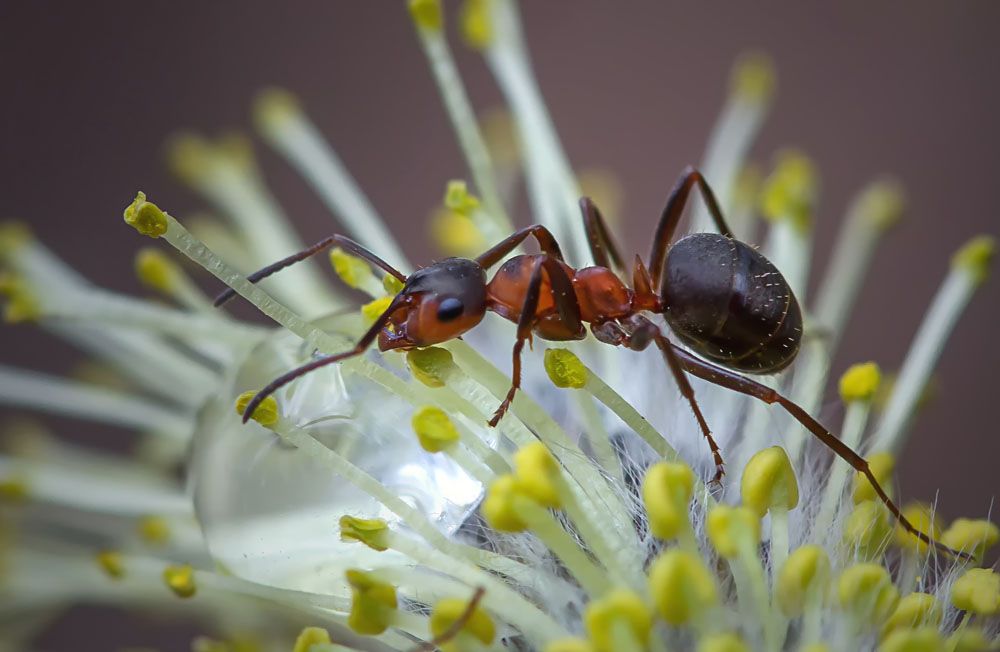
Field Ants – Formica spp.
Field Ants – Formica spp.
Common Name: Field Ants.
Latin Name: Formica spp.
Appearance:
- Field ants commonly have a longer body, ranging from three to nine millimeters. Field ants can be any hue, including pale yellowish, reddish brown, black, or a mix of these.
- Large (3/8-inch) ants are frequently mistaken for carpenter ants. There is a wide range of hues, including black, brown, tan, reddish, red, and black.
- Thorax appears to be rough. Their bodies are segmented, and the top sides of their bodies have an irregularly rounded shape.
- Based on their physical characteristics, field ants are sometimes mistaken for carpenter ants, and the piles of soil and other materials they produce when building their nests might be mistaken for fire ant activity.
